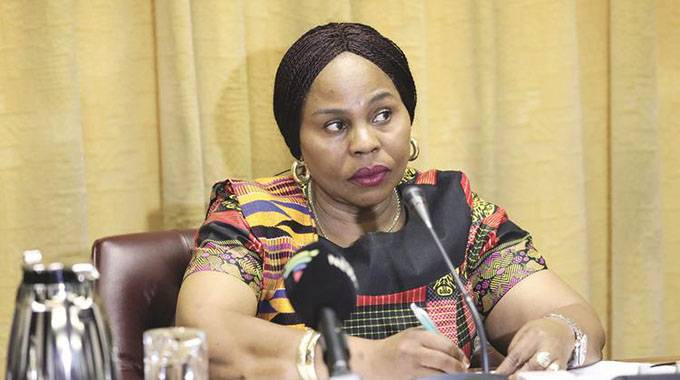SADC records progress in flagship interconnector power projects
THE Southern African Development Community (SADC) says notable progress has been achieved towards the implementation of priority energy interconnector projects in the region.
The projects seek to connect Angola, Malawi and Tanzania to the Southern African Power Pool (SAPP) grid. The Zambia-Tanzania interconnector is divided into several components and is at construction phase from both sides where the two transmission lines are designed to converge near Nakonde Border by 2022.
The Angola-Namibia Interconnector is at feasibility study stage and is also expected to be commissioned by 2022 following expression of commitment by the two member states by signing the inter-governmental memorandum of understanding (IGMOU).
According to the progress report by the SADC secretariate to the 40th SADC Summit, the Mozambique-
Malawi interconnector attained financial closure and is at construction stage. The project is expected to be commissioned in 2022.
Angola and the Democratic Republic of Congo (DRC) are also considering developing an interconnector project, which is still at pre-feasibility stage.
The SADC Secretariat is advocating for the development of the western transmission corridor along Angola, Botswana, Namibia, and central transmission corridor along Botswana, South Africa, Tanzania, Zambia, and Zimbabwe.
Plans are also under way to develop eastern corridors along South Africa, Mozambique, Malawi and Tanzania of the SAPP network in order to relieve congestion from the existing central corridor.
Moreover, in order to unlock and leverage development of the power transmission interconnector projects, backbone transmission lines as well as those linked to the new power plants, the SADC secretariat, in collaboration with SAPP and through support from the World Bank, is developing a study on establishment of a Regional Transmission Infrastructure Financing Facility (RTIFF).
Recommendations of the study are set to be presented to relevant sectoral ministerial committees for clearance and ultimately to Council of Ministers for consideration and approval.
The regional bloc also said the operationalisation of the SADC Centre for Renewable Energy and Energy Efficiency (SACREEE) was ongoing with the Secretariat having secured signing of inter-governmental memorandum of agreement by 10 member states namely Angola, Botswana, Eswatini, Lesotho, Malawi, Mauritius, Namibia, Tanzania, Zambia and Zimbabwe.
“The next step is to sign the host country agreement, which will enable SACREEE to operate as a legal regional organisation based in Windhoek, Namibia.
To enhance investments in power projects in the region, SADC said ministers responsible for energy approved the market and investment framework for SADC Power Projects as an instrument to guide investors who want to venture into power generation and transmission projects.
Already, a majority of SADC member states have either introduced or reviewed their lifeline tariffs and are in the process of developing pro-poor tariff subsidy mechanisms.
The bloc noted that member states continued to offer government guarantees for power projects and implementing the tariff adjustments to enable the power utilities to be able to fully recover costs of electricity supply.
Presently, Namibia, Eswatini and Mauritius have migrated to cost-reflective tariffs while Angola, Lesotho, Mozambique, South Africa, Tanzania, Zambia and Zimbabwe have lifeline tariff structures that allow for a minimum level of service.ebusinesswekly.co.zw









